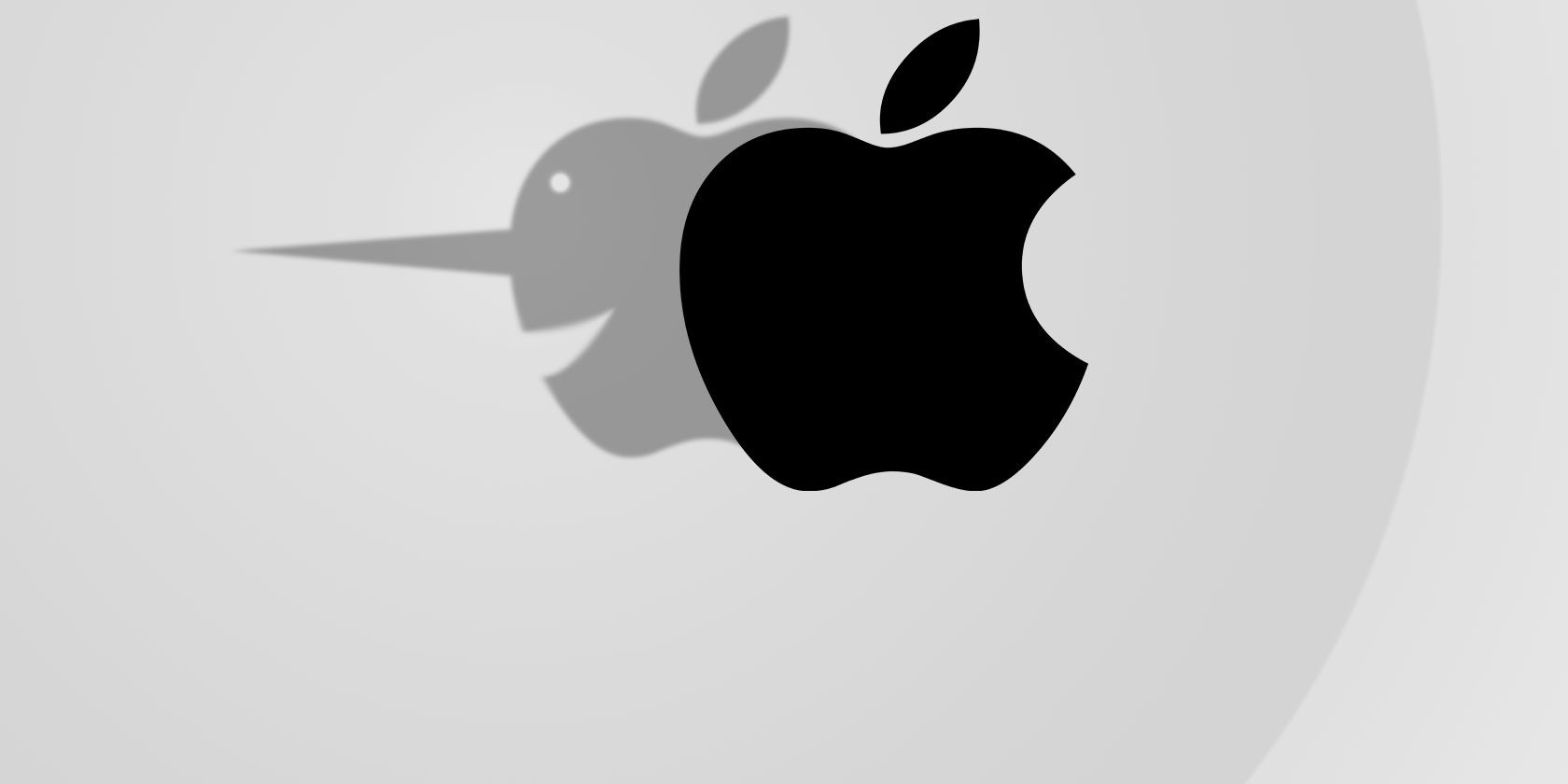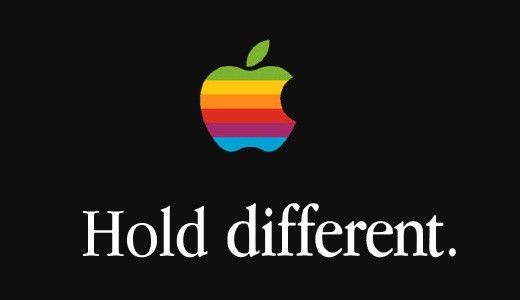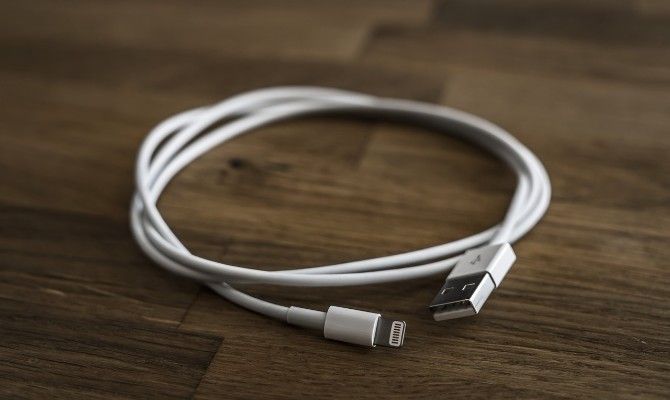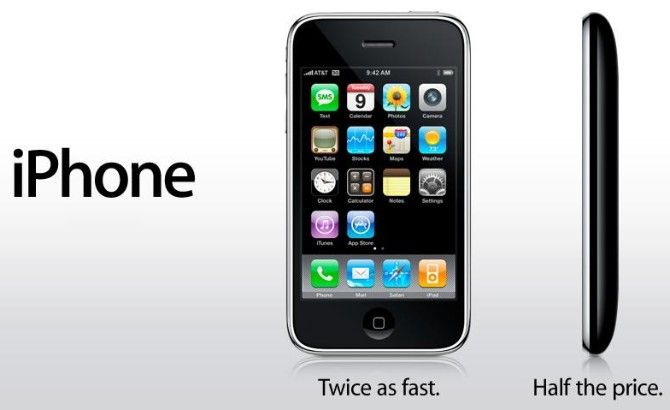Apple makes some of the best gadgets in the world. But when it gets something wrong, the company has a tendency to spin the mistake as a "feature" or tell aggrieved parties they are wrong.
Apple founder Steve Jobs employed the infamous "Reality Distortion Field" to good effect, making some people believe the cons. But not everyone took a bite out of the poisonous apple. With Jobs gone, people are now willing to be more critical of the company than ever before.
So let's look back at some such instances where Apple's marketing team (and the fanboys) went into overdrive, defending the indefensible.
1. Apple Slows Down Old iPhones as a "Feature"
The most recent controversy is that Apple slows down old iPhones once their batteries have deteriorated. The idea was to maintain battery performance, but Apple never informed users it was doing this.
This could make people think they need to upgrade their iPhone, when a simple battery replacement could have done the trick. The worst part is Apple only confessed to this tactic once an independent user uncovered hard evidence, and the information went viral on the internet.
And what was Apple's response? They claimed it was a "feature" they released on older iPhones to save battery life.
After much uproar, the company has finally backtracked and is offering to replace old batteries for cheap, and will soon release an update that gives users full control over battery management. How's that for a feature?
2. New Antenna, But "You're Holding It Wrong"
The iPhone 4 showcased a completely new design for the smartphone, with an external antenna that wrapped around the phone as steel bands. It led to improved reception in most cases. But if you held the bands while talking, the reception would drop dramatically.
It wasn't a dealbreaker, of course, but it was a pretty big design mistake. Apple could have admitted the error immediately. Instead, the response was tone-deaf. Jobs himself wrote to a customer saying, "Just avoid holding it in that way."
And the company released a statement along the same lines, telling people not to grip it at the lower-left corner, or to use a bumper case.
"You're holding it wrong" ended up becoming a meme, and Urban Dictionary still defines it as a condescending cop-out to admitting a problem.
Eventually, the company (and Jobs) said that they screwed up the design. Apple even offered free bumper cases to iPhone 4 users. And while the style remained the same on subsequent iPhones, you could hold it however you want and still get good reception.
3. Even Apple Knows USB-C Is Better Than Lightning
When it first launched in 2012, the Lightning port on the iPhone was revolutionary and an actual feature. It slimmed down the charging port dramatically.
But since then, Apple hasn't switched to the new USB Type-C port on iPhones and iPads, even after promising to move to a universal charging cable.
Here's a quick summary of events:
- 2009: Apple, Samsung, and other major phone manufacturers sign a memorandum of understanding to make phones that charge with the same cable.
- 2012: Apple launches its own Lightning port and cable on the iPhone 5, after being frustrated with USB-C's slow development.
- 2014: USB-C finally launches, and slowly gains momentum.
- 2016: USB-C is the standard port on all major Android phones, but Apple continues with the Lightning port. At the same time, Apple removes the standard 3.5 mm headphone jack.
- 2017: Even Nintendo, who famously favour weird proprietary chargers on all previous consoles, move to USB-C with the release of the Switch.
Apple's initial frustration with the slow speed of USB-C is justified. But now, it seems unfriendly to consumers. USB-C is better than Lightning in almost every way for a regular user. Like Lightning, it can charge phones and be used for headphones. It even lets you connect the phone to TVs or other displays.
This is why Apple has a single USB-C port on new MacBooks, ditching even standard USB, Mini-DisplayPort, or HDMI ports. It's the one port to rule them all, as far as the Mac is concerned. But it's not good enough for the iPhone? Oh please.
The ugly truth is that the Lightning port is an additional revenue stream for Apple, since third-party manufacturers pay Apple to make accessories that use the proprietary port.
As for the argument that this would force iPhone users to ditch their existing Lightning accessories? The company already did that once before when switching to Lightning, and then removed the 3.5mm headphone jack, a much more universal port than Lightning ever was. Apple probably isn't concerned about inconvenience of changing ports.
4. Apple Says You Shouldn't Believe Its Ads
At one point, Apple said in court that "no reasonable person... could have reasonably relied on or misunderstood Apple's statements as claims of fact." In other words, as Wired puts it, "Our ads don't lie, but you're a fool if you believe them."
That statement came out during a court battle after the launch of the iPhone 3G, whose ads claimed "twice as fast, half the price." As consumers would soon find out, that wasn't the case. It wasn't twice as fast, and it actually cost more than its predecessor.
It wouldn't be the last time Apple pulls a fast one in its advertisements. Take the new "shot on iPhone" campaign, for instance. These huge billboards and commercials are out to make you believe that you can shoot similar photos with nothing but an iPhone. But in very tiny print, you'll find the caveat: "Additional equipment and software used."
This video shows the kind of high-end accessories employed to take these photos, which general users would never have. While Apple is technically right that the pictures were taken on an iPhone, it's still masking the truth.
Don't Expect Apple to Stop Now
Like Apple says, you're a fool if you believe tall marketing claims, but that doesn't stop them coming out with more every year. It's not the first time we've looked at Apple's ability to distort common sense. Remember all these technologies the company was credited with inventing?




